A wood sterilization autoclave, also known as a pressure treatment autoclave or wood preservation autoclave, is a specialized piece of equipment used to treat wood products to eliminate pests, fungi, and bacteria, and to extend the wood's lifespan. It applies heat, pressure, and chemicals to effectively sterilize and protect wood from decay and insect infestation.
Here are the key features and components of a wood sterilization autoclave:
1. Autoclave Chamber: The autoclave chamber is a sealed, pressure-resistant vessel where the wood products are placed for treatment. It is typically made of steel or other materials that can withstand high pressure and temperature.
2. Heating System: The autoclave is equipped with a heating system to raise the temperature inside the chamber. The heating system may use steam, electric heaters, or hot water circulation to achieve the desired sterilization temperature.
3. Pressure Control: The autoclave has a pressure control system to regulate the internal pressure during the sterilization process. It ensures that the wood products are exposed to the required pressure levels for effective treatment.
4. Chemical Injection System: To enhance the wood preservation process, a chemical injection system is often incorporated into the autoclave. It allows the controlled introduction of wood preservatives, such as chemicals or organic compounds, into the chamber. These preservatives penetrate the wood fibers and provide long-term protection against decay and pests.
5. Cooling System: After the sterilization process is complete, the autoclave may have a cooling system to bring down the temperature inside the chamber. This helps to prevent overexposure and ensures that the treated wood is safe to handle.
6. Control and Monitoring System: Autoclaves have control and monitoring systems that allow operators to set and monitor the sterilization parameters, such as temperature, pressure, and treatment time. These systems provide real-time feedback and ensure accurate and consistent treatment.
Wood sterilization autoclaves are used in industries such as construction, furniture manufacturing, and timber processing. The sterilization process eliminates pests, fungi, and bacteria that can compromise the integrity and durability of the wood. It enhances the wood's resistance to decay, insect infestation, and fungal growth, extending its lifespan and improving its performance in various applications. Wood sterilization autoclaves play a crucial role in ensuring the quality and longevity of wood products.
Main manufacturing basis TSG 21-2016 HB5342.2012 | TSG21-2016 HB5342.2012 AMS2750、BAC5621、QCACPS、CPS、D6-49327、D6-56273 |
Technical Production Standard | GB/T150-2011《pressure vessel》 |
Welding Technical Standards | NB/T47015-2011 |
Pressure Plate Standard | GB/T713-2014;NB/T47008-2017;GB/T8163-2018 |
Welding Inspection Standard | NB/T47013.2-2015 |
Water Pressure Test Standard | pure water quality; No leakage, no abnormal sound or vibration |
Appearance Treatment Standard | cylinder appearance, internal metal polishing, polishing treatment, spraying high-temperature resistant coating and rust proof primer |
And our tank with thermal keeping layer, which saves energy consumption.
The Advantage is safety, reliable, energy saving, compact structure.
Below is model file for your reference, if you need other models or sizes, just feel free to ask us.
Item | Parameters | |
Size | Volume | 3、6、9、12CBM |
Pressure | Max. Working Pressure | 0.45mpa |
Pressurizing Rate | 0-0.06mpa/min,continuous adjustable | |
Lowering Pressure Rate | 0-0.06mpa/min,continuous adjustable | |
Pressure Control Precision | ±0.002mpa | |
Temperature | Max. Working Temperature | 185℃ |
Temperature Rising Rate(Zero Load) | 1-5℃/min,continuous adjustable | |
Temperature lowering rate(Zero Load) | 1-5℃/min, continuous adjustable | |
Temperature control precision | ±1.5℃ | |
Temperature Evenness | ±2.0℃ | |
Temperature measure spot | 2 spot | |
Vacuum | Max. Vacuum Degree | -0.098mpa |
Vacuum Tank | 0.1³,-0.098mpa | |
Thermo Keeping Method | Tank body double layer thermo keeping | |
Thermo keeping effect | Long time working(5 hours+), furnace body around Max. Temperature 42℃ | |
Tank Body Life | ≥10 years(10000 times+) | |
Exhaust Noise | ≤80dB | |
Door Open Method | Quick open type | |
Tank Body Material | Q345R | |
Heating Method | Electrical | |
Control Method | Siemens PLC Auto Control | |
Safety Method | Tank door double safety interlock device, tank body triple safety interlock device | |
Sealing Method | Air filled fluorine rubber sealing | |
High Temperature Wind Blower | Ensures air circulation and temperature even | |
Power | 380v±5,50HZ, 3phas 5 wire, or as per require | |
Detail Images:
Control Panel
we design different type control panel according to machine needs or customers' requirements, here just put one for a reference.
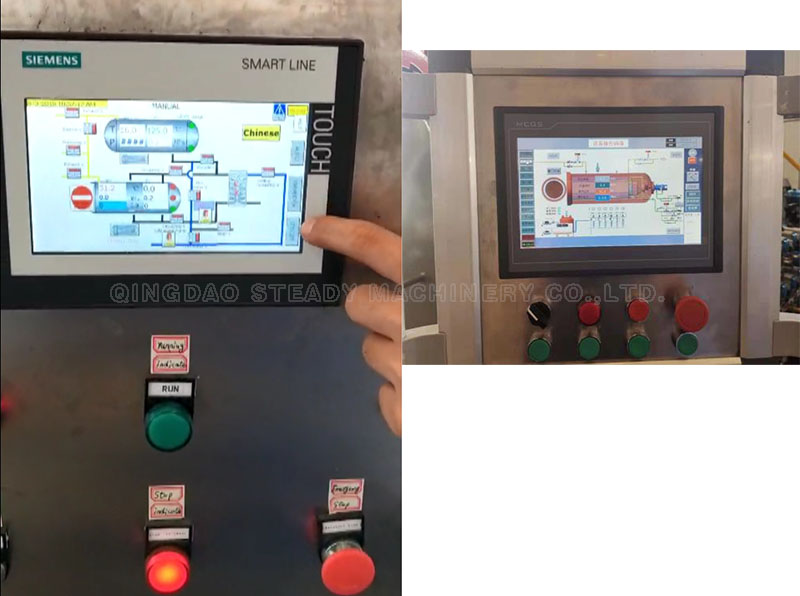
Control Box
CHNT brand, it's best brand of China made, works accurate and stable. When customers have different power voltage supply, we put a transformer into the control box, as you can see it from below picture.
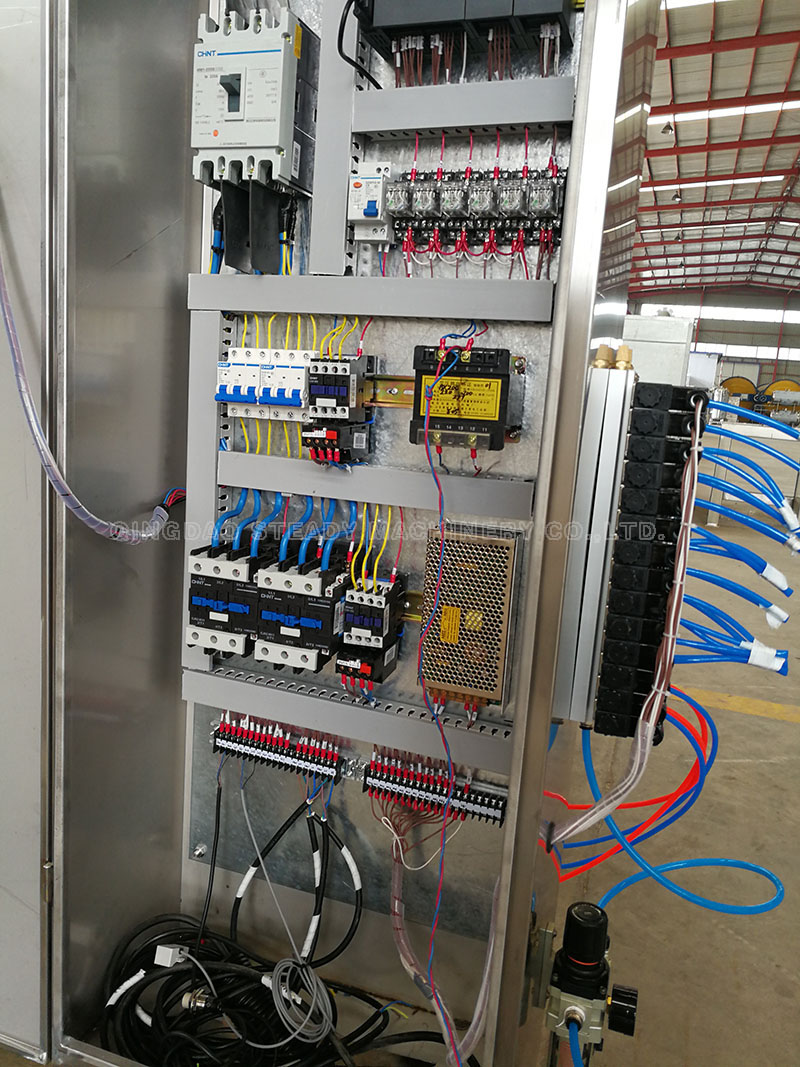
Tank body, we use Q345R as raw material
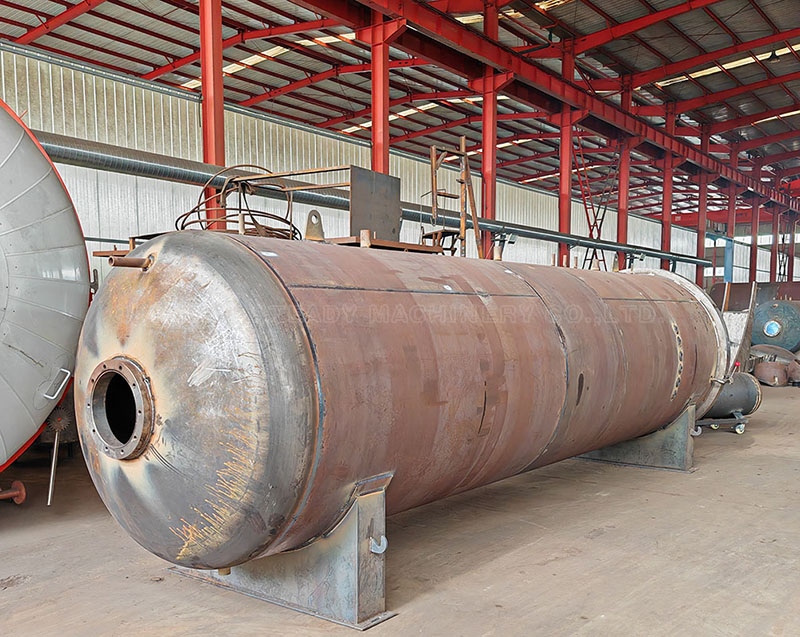
Steel Q345-R, as a widely used low alloy high-strength structural steel, represents the yield strength with "Q" in its grade, while "345" indicates that the yield strength (in megapascals, MPa) of this steel under
standard test conditions reaches 345MPa. The subsequent "R" symbol specifically indicates that the steel is suitable for container manufacturing,
that is, it has good welding performance and certain high-temperature resistance characteristics, and is suitable for the production of pressure vessels, storage tanks and other equipment.
The characteristics of Q345-R steel include:
1. Mechanical properties: In addition to having a yield strength of no less than 345MPa, it also has good tensile strength, generally up to 470-630MPa, as well as good toughness, plasticity, and weldability, ensuring
the safety of components under complex stress states.
2. Chemical composition: As a low alloy steel, Q345-R contains small amounts of alloying elements such as manganese (Mn), silicon (Si), titanium (Ti), niobium (Nb), etc. The addition of these elements can significantly
improve the comprehensive mechanical properties of the steel without significantly increasing its weight, ensuring strength while reducing the structural weight.
3. Corrosion resistance and high temperature resistance: Although Q345 series steel is mainly designed for room temperature environments, Q345-R has certain corrosion resistance and resistance to medium and
low temperatures (usually from room temperature to about 400 ℃) through specific composition adjustments and heat treatment, making it suitable for manufacturing containers that can withstand certain temperature and pressure.
4. Processing performance: Good cold forming and welding performance make Q345-R easy to process into various complex shaped components, meeting different engineering needs, especially in the fields of chemical, petroleum,
energy, etc. It has a wide range of applications.
In practical applications, Q345-R steel needs to undergo strict quality control and testing to ensure that its various performance indicators comply with relevant national standards (such as GB/T 713), in order to ensure its safety
and reliability under design and usage conditions. Whether it's building large oil storage tanks, high-pressure vessels, or industrial boilers, Q345-R is a trusted choice for engineers.
Ends cover of the tank body, aslo Q345R steel:
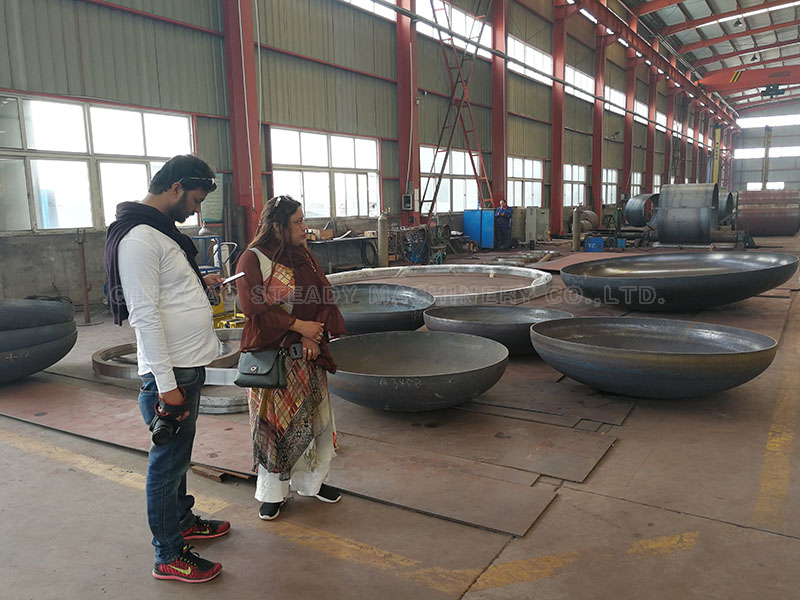
autoclave tank loading container export
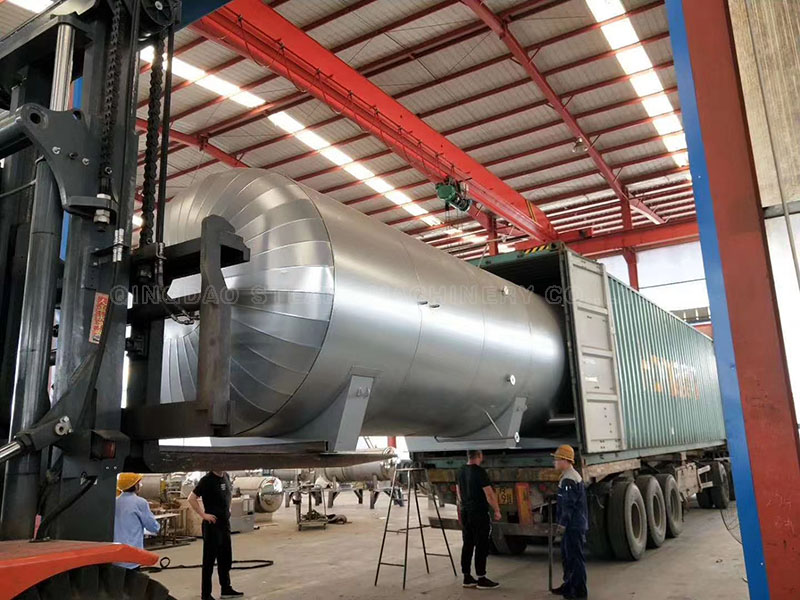
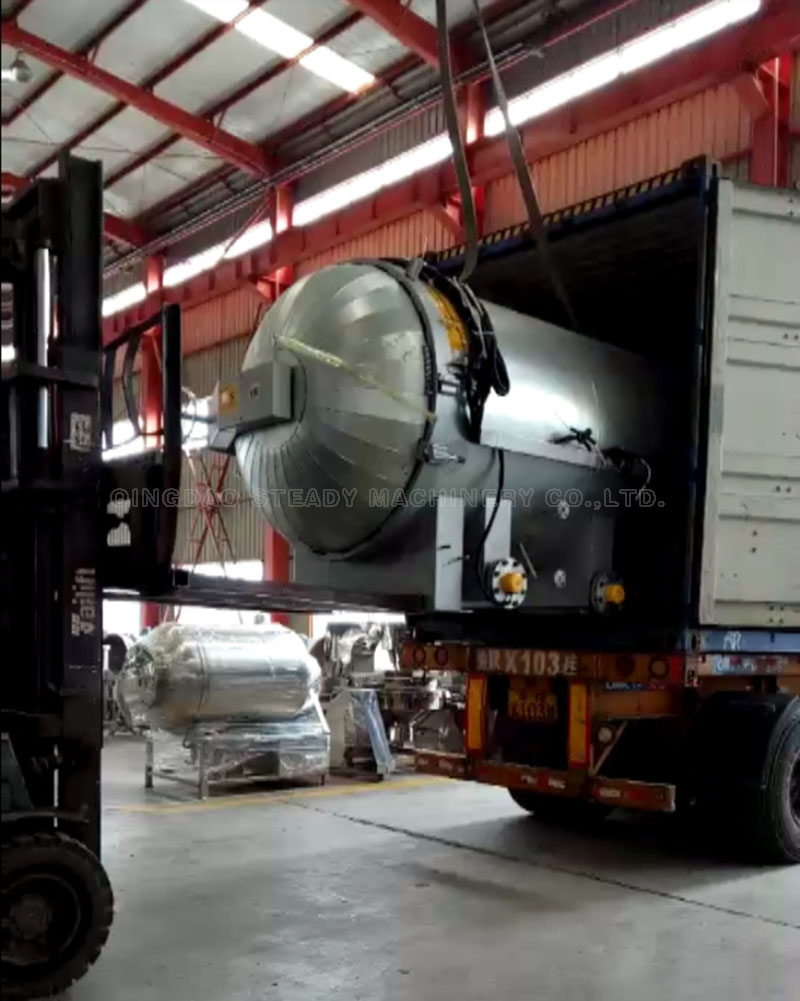
work in user's factory

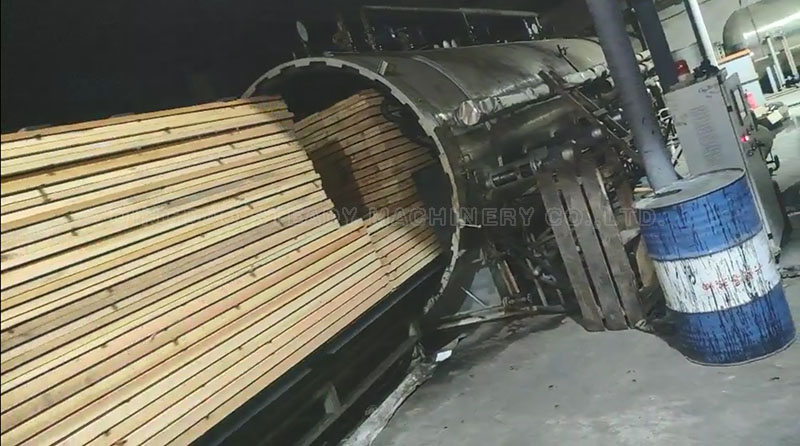
Introduction to process flow (specific depending on wood requirements)
The pressurization method is the most important and effective industrial treatment method for wood anti-corrosion treatment. Put the wood into a wooden jar and inject the medicine into the interior of the wood under pressure.
The general process flow of vacuum pressure infusion method is as follows: front vacuum - maintain vacuum and add preservatives - start the pressure pump to increase pressure after reaching the liquid level - maintain pressure infusion - release pressure after reaching the pressure holding time - discharge the agent - rear vacuum - restore atmosphere - open the can door to remove the wood
Operation steps: 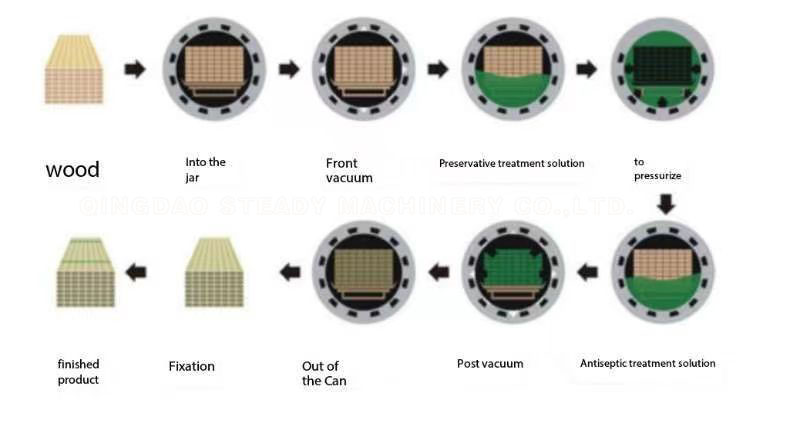
1. Pre vacuum: Vacuum the jar before adding preservatives, with the aim of extracting air from the wood to facilitate the immersion of preservatives into the wood. The vacuum degree is generally between 79.8-90kPa, and the holding time varies depending on the product (usually 15-60 minutes). After the processing tank becomes vacuum, a part of the air in the wood is also extracted, and the resistance of preservatives entering the wood interior will be correspondingly reduced, making it easier to enter the wood cells.
2. Adding preservatives: While maintaining a vacuum, add preservatives through a valve to ensure that the same amount of air is trapped in the wood cells.
3. Pressure stage: When the preservative is filled into the wood jar, the vacuum is released and the pressure is gradually increased by 1.0-1.4 MPa. Then, the pressure is maintained until the specified anti-corrosion dose is injected into the wood.
4. Pressure relief and discharge of anti-corrosion agent: When the specified total absorption of anti-corrosion reaches, the pressure inside the tank is discharged, and there will be a certain degree of backflushing phenomenon (5-15%)
5. Post vacuum: After the preservative is discharged from the processing tank, a vacuum is applied to the processing tank to extract some of the preservative from the cell cavity and excess preservative from the wood surface, in order to reduce the dripping phenomenon when the tank is removed.
6. After restoring the atmosphere, open the can door and take out the wood.
wood sterilization autoclave machine, a drawing for reference
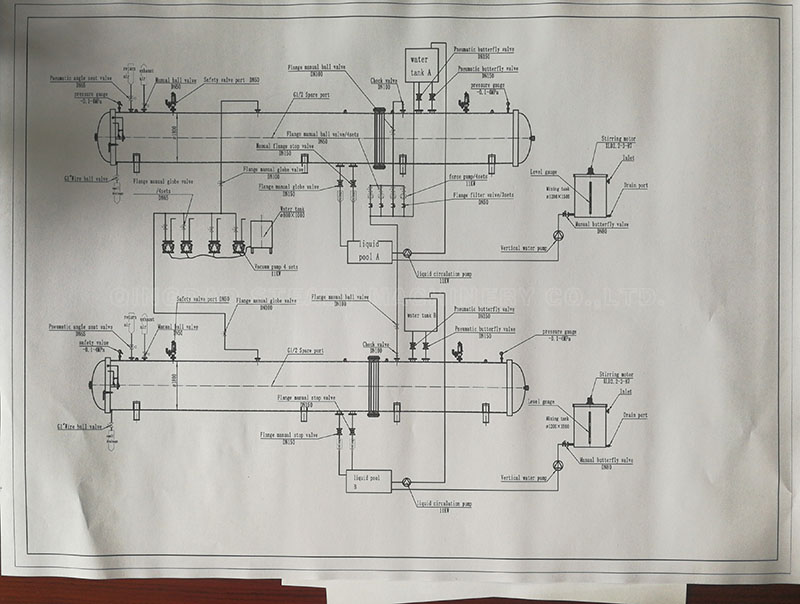
The wood tank equipment machine has multipurposes--wood vacuum drying, wood carbonization, flame retardant, wood dying, wood, anti-corrosion, wood optimization etc,
So just tell us your work needs, we can make you a most appropriate proposal with most reasonable price.
Just contact us


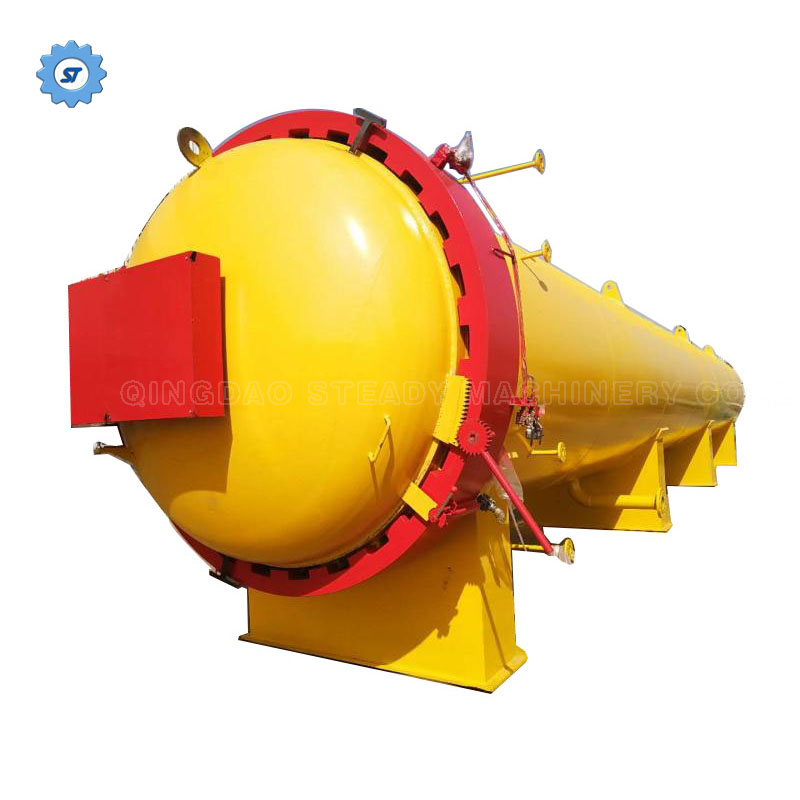
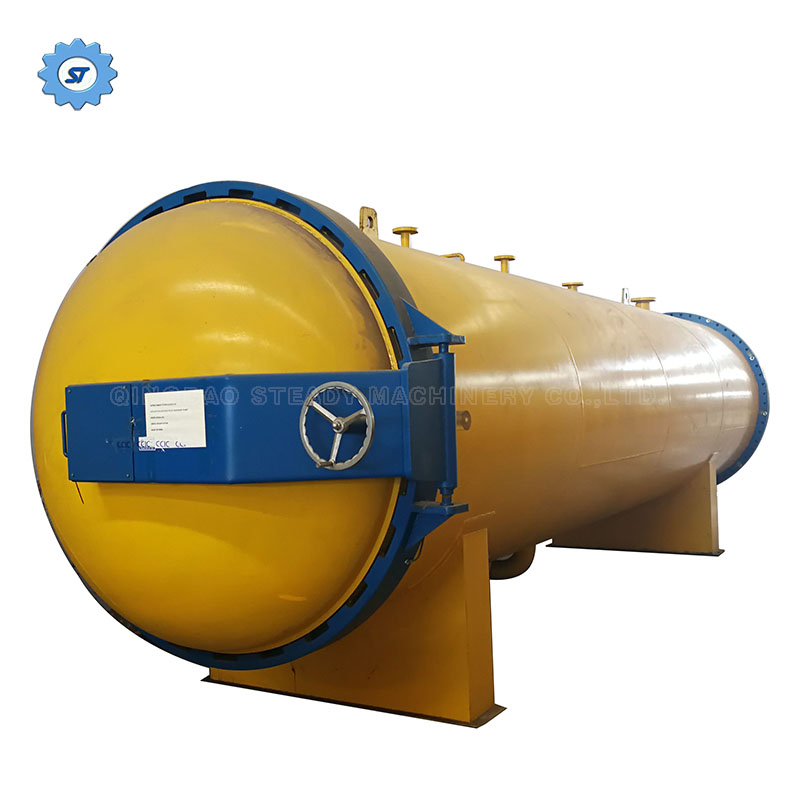
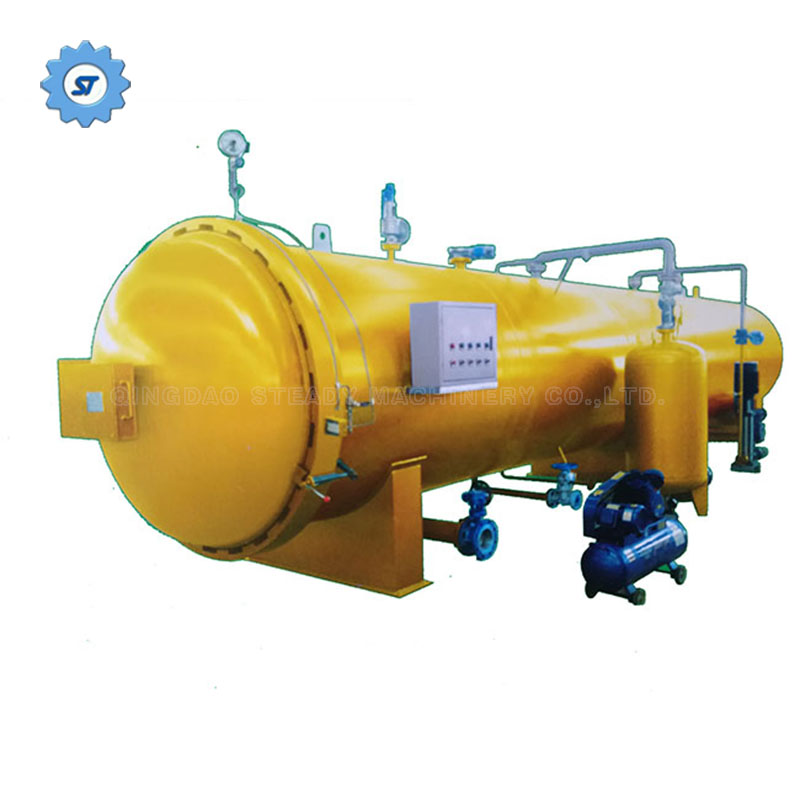
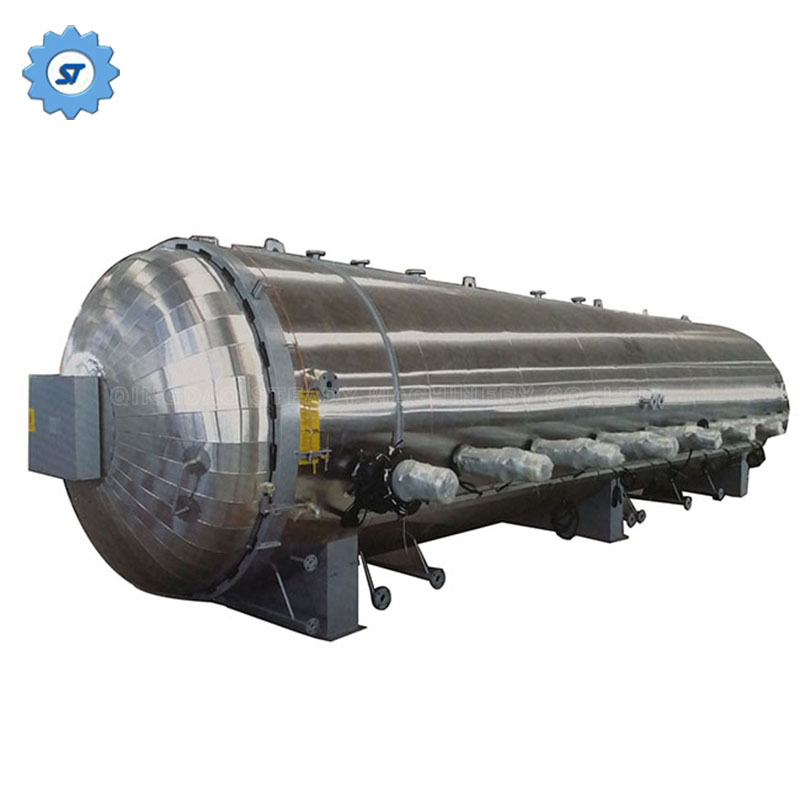
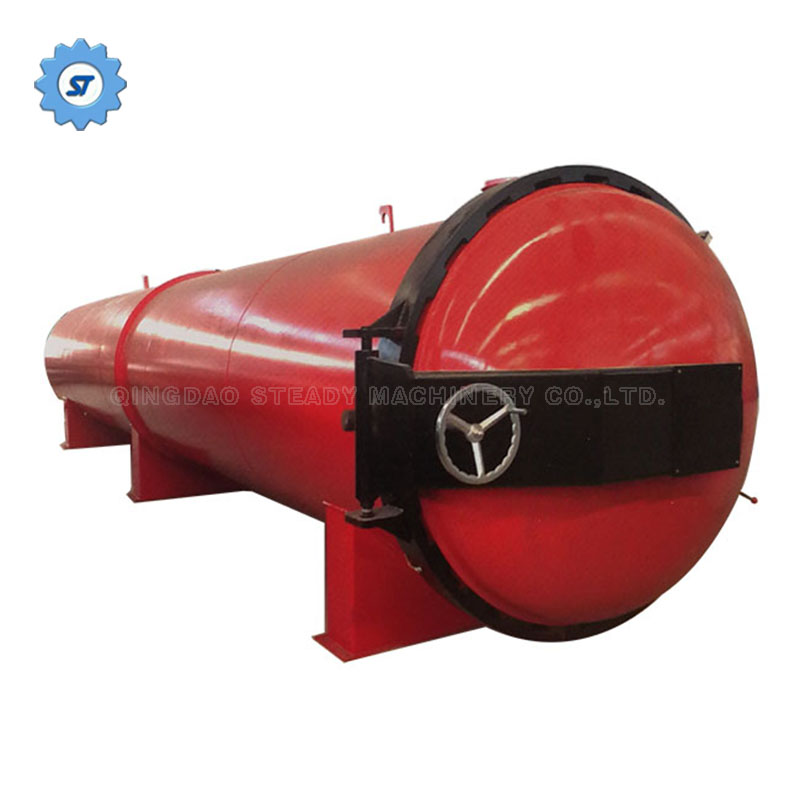
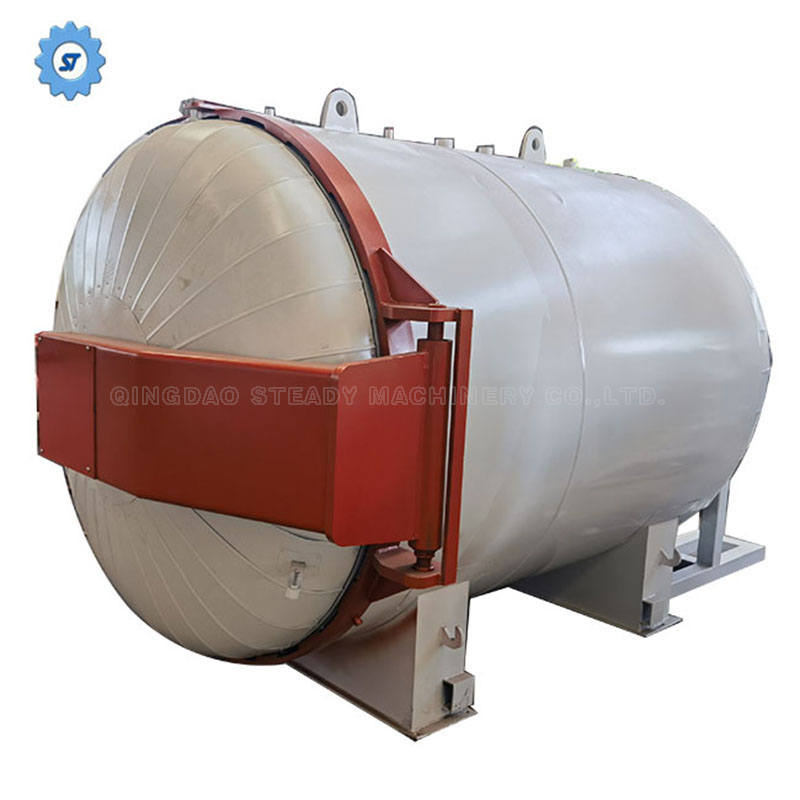
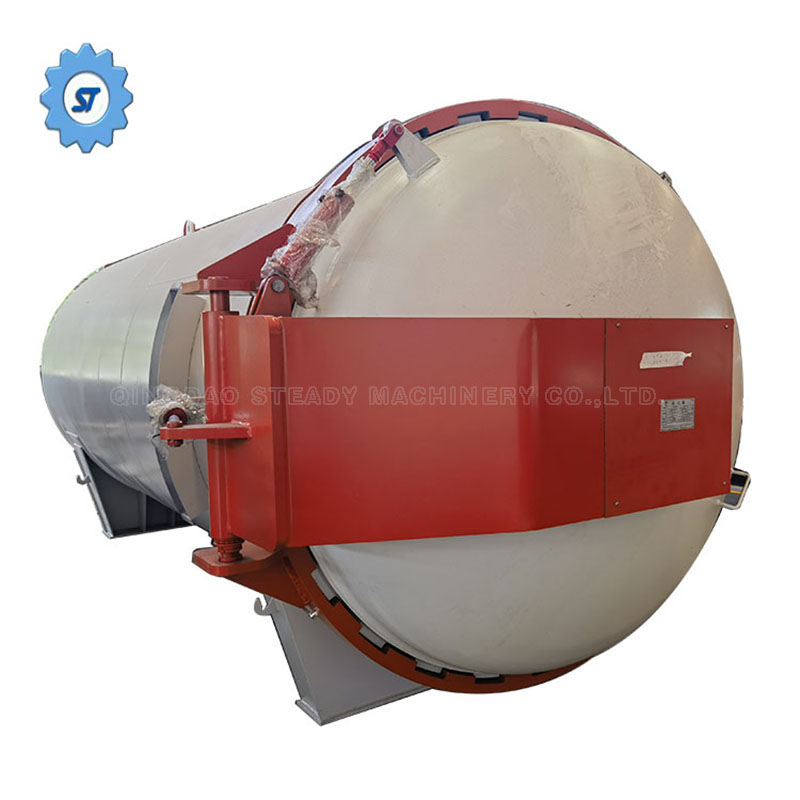
Comments: